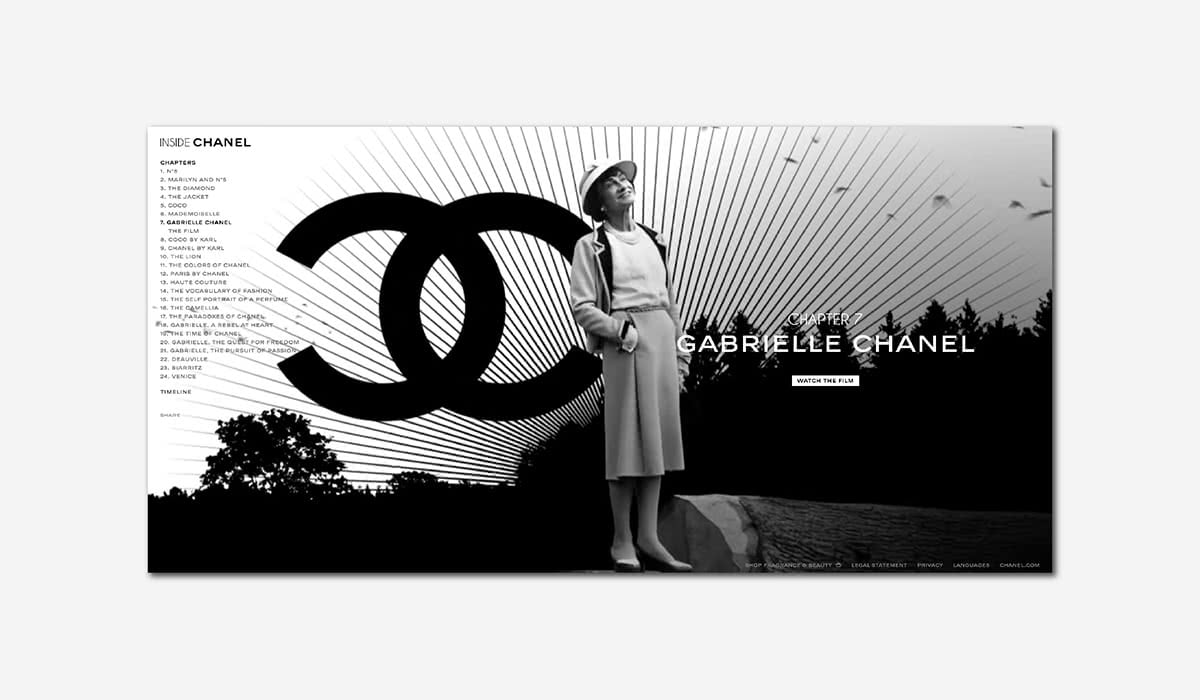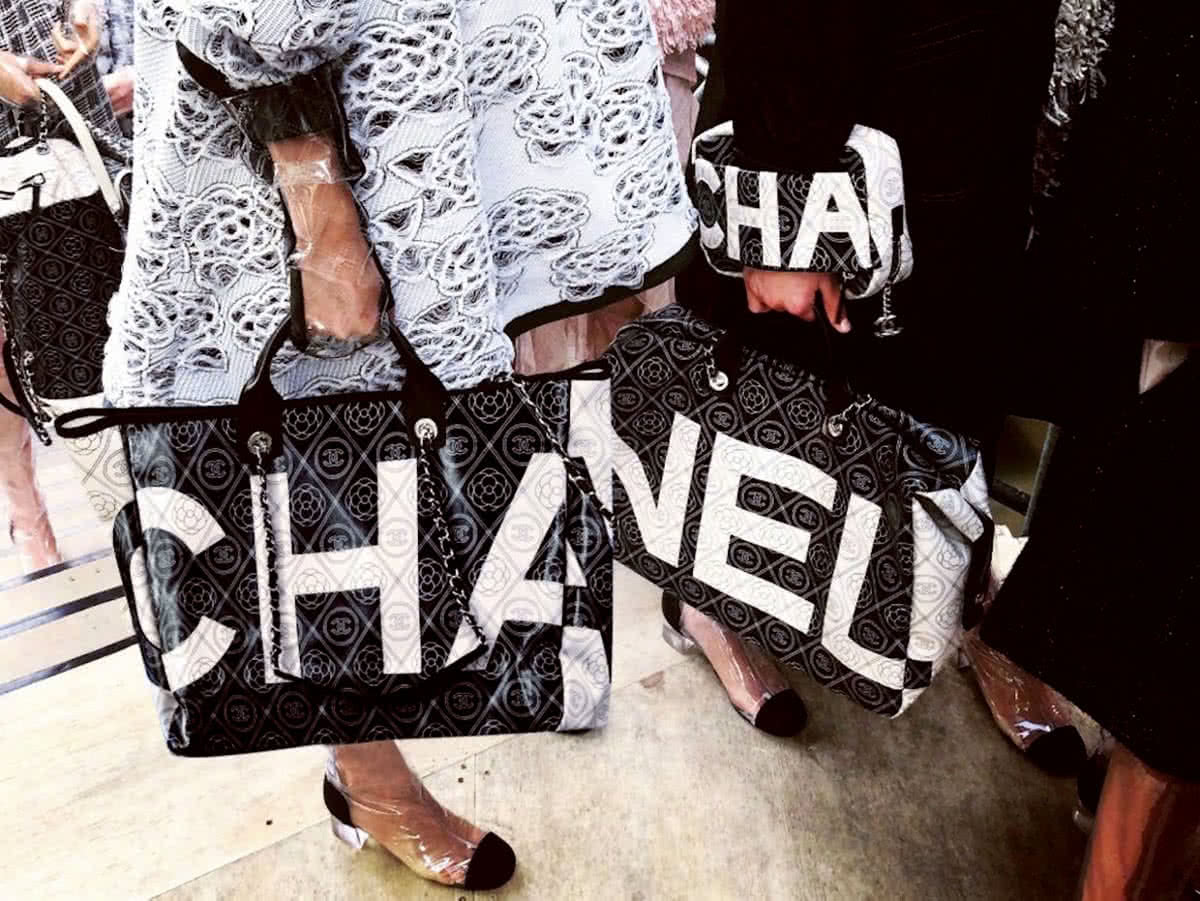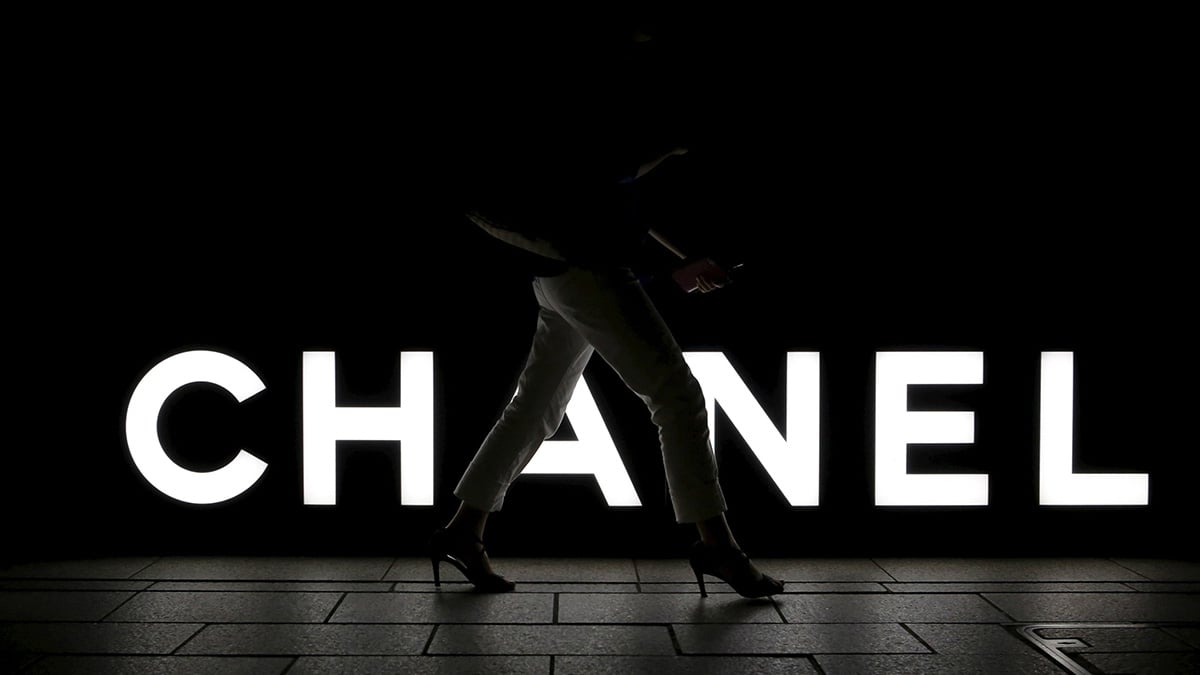How Chanel Became A Leading Luxury Brand: From Hats To Fashion
The premier French fashion house Chanel has unquestionably made a bold and lasting impression on women’s twentieth century Haute Couture. From its humble beginnings, set in an early 20th Century Parisian street, the House of Chanel has evolved into one of the world’s leading luxury brands.
Born Gabrielle Bonheur Chanel and orphaned at an early age, it was the aunts entrusted with raising her that originally taught Chanel how to sew, setting her on the path to becoming one of the world’s true fashion greats. Unbeknown to many, before moving into fashion, Chanel sang in the fashionable French cafés of the time where she was later to be christened as Coco.

The House of Chanel first opened its doors in 1909 as a millinery. It was here that Coco plied her trade to the fashion-conscious modern mistresses of the French hunting and sporting élite, as well as to friends of her socialite and textile businessman lover, Étienne Balsan. Coco quickly gained a reputation for her exquisite and beautifully decorated hats attracting the attention of another socialite, the English polo player Arthur ‘Boy’ Capel.
Coco ultimately became his mistress and upon noticing her business acumen, he financed her first independent shop in 1910; Chanel Modes at 21 rue Cambon, Paris. The lease limited Coco to millinery rather than couture, so it wasn’t until 1913 when she opened stores in Deauville and Biarritz where she was able to offer ready to wear sports clothes for women, that the Chanel couture brand was truly born.
Coco soon became friendly with some of the most creative visionaries of the time including Diaghilev, Picasso, Stravinsky and Cocteau. With these historic peers, she shared a desire to break the pre-conceived moulds of the time and constantly strived to create new ways of expressing herself through inspirational fashion designs. Cocteau is even on record for saying “she has, by a kind of miracle, worked in fashion according to rules that would seem to have value only for painters, musicians, poets.”

It was this immense un-blinkered drive and superlative talent that led to the creation of Chanel’s four timeless classics – the stylistically versatile Little Black Dress, the cardigan jacket, the perfume No. 5 de Chanel and the Chanel Suit, each contributing to the House of Chanel taking a firm seat in the couture history books.
The advent of the First World War brought with it economic change that affected European fashion as much as any other industry. With men enlisting, it fell to women to work in factories and take up the jobs left vacant. Clothes now had to be practical and allow women the physical freedom required to do their new line of work. The following decades became the real formative years of the company’s history. Whilst comment has been made about how the shortage of fabrics in France during the Wars influenced Coco’s style, she is quoted as saying she only designed things she wanted to wear.
Despite the difficult times, during the war, Coco had managed to open a much larger dress shop at 31 rue Cambon, near the Hôtel Ritz. Her designs, some of which were derived from military uniforms, became the most famous and sought after throughout France. There were flannel blazers, straight-line skirts made of linen and jersey fabric, skirt-and-jacket suits, turtlenecks and pullover sweaters. She also frequently used masculine colours such as grey and navy blue to accentuate the boldness of her garments character, even introducing trousers for women – considered a very bold move at the time, and one which signalled the true end to the Belle Epoque era of French fashion.
By the start of the 1920s, almost all garments made by the House of Chanel featured quilted fabric and leather finishing. The quilted construction was used to reinforce the fabric, design and ultimately the finish, producing a stylish item of clothing that maintained its form and function whilst being worn.
The most notable example of these haute couture techniques being used is in the iconic Chanel Suit; a knee-length skirt and cardigan-style jacket, trimmed and decorated with black embroidery and gold-coloured buttons. Composed of two or three pieces, its practicality allowed for a modern, feminine appearance whilst being comfortable. It was an immediate success and eagerly advocated as the new uniform for afternoon and evening – a fitting example of Coco’s design rationale that “simplicity is the keynote of all true elegance.”
The company’s couture strength continued to grow over the following years with the introduction of its first costume jewellery in 1924 – a pair of pearl earrings, one black, one white. Just over ten years later in 1925, Coco introduced her first signature cardigan jacket, followed by the famous Little Black Dress in 1926. The dresses’ design is acknowledged as a wizardry of cut and proportion. Using traditionally elegant materials such as lace and soft weightless silk, the little black dress made women wearing anything else feel unsuitably overdressed. The high-quality design, construction and finish of these clothes helped establish the professional reputation of Coco Chanel as a meticulous couturière.

Named after her lucky number 5 and the first of its kind to bear a designer’s name, the single product that most likely ensured Coco’s rise to fame was the fragrance, Chanel No. 5. Coco originally commissioned the perfumer Earnest Baux to create a scent that would complement her suits, with the initial intention to give this beautiful Art Deco bottled fragrance away with each suit. Such was the runaway success of Chanel No. 5, that Coco took the decision to sell it as a product in its own right, eventually setting up Parfums Chanel in partnership with two other French businessmen – a partnership that was to sour very quickly and continued to have repercussions for a good many years after.
Theophile Bader, founder of the successful French department store Galeries Lafayette, introduced Coco Chanel to Pierre Wertheimer who went onto fund Parfum Chanel. With Pierre retaining 70% and Bader 20%, it left Coco with a modest 10%, forcing her to operate her couture business apart from Parfums. Coco soon started to resent the relationship believing she deserved more, and that the Wertheimer’s were exploiting her talents for their own personal gain.
In the 1930s, Chanel progressed her clothing range to cater for a broader range of women, designing summer dresses and evening-gowns characterised by an elongated style. In 1932, Coco presented an exhibition of diamond jewellery, featuring the memorable Comet and Fountain Diamond stylish necklaces. But the looming Second World War was to cast an unforeseen and traumatic shadow over the company’s operations.
During the Second World War Coco closed The House of Chanel leaving only the jewellery and perfumery collections available. In 1947 Wertheimer and Coco renegotiated the original 1924 Parfums Chanel contract and Coco Chanel eventually returned to her native France after living in Switzerland for eight and a half years.
With Christian Dior then taking Chanel’s place as the darling of French Haute Couture, Coco decided to make another attempt to regain control and garnered capital from Wertheimer enabling her to respond to the challenge from Dior. This rekindled relationship helped re-establish the House of Chanel as the most prestigious fashion label in France.
In 1953, Coco hired and collaborated with jeweller Robert Goossens to produce bijouterie and gemstone jewellery, notably long-strand necklaces of black and white pearls. This was followed in 1955 by the launch of Chanel’s iconic leather handbags, where the straps were made either with gold or metal-and-leather chains. The numerical version of the launch date 2.55 became the internal signature for that particular model of handbag.
Coco next set about updating her classic collections, reworking the designs for a modern audience and bringing wealthy women and celebrity icons such as Marilyn Monroe to the showroom in their droves. Made of solid or tweed fabric, with its slim skirt and collarless jacket featuring gold buttons, patch pockets and a gold-coloured chain sewn into the hem to ensure it hung properly from the shoulders, the Chanel suit became a status symbol for a new generation.
Coco continued to work and design right up until her death on the 10th January 1971, aged 87. Her assistants took over the design responsibility for the Chanel range until the modern Godfather of fashion (the great Karl Lagerfeld) took over the Chanel haute couture design in 1983 and ready-to-wear in 1984.

Like Coco at the time of her comeback, Lagerfeld looked to past designs for his inspiration. His early designs incorporated signature Chanel details – tweed fabrics, gold chains, quilt-stitched leather and the linked CC logo. His later collections became more irreverent, with the deconstruction of some of the polished elements from Chanel’s 1960’s looks.
Lagerfeld continued to mine the Chanel archives for inspiration, affirming the importance of Coco’s contribution to women’s fashion. The 80’s saw the collections produced by the House of Chanel expand with the 1984 launch of a new fragrance in honour of its founder, followed in 1986 with the debuted of its first watch.
In the 1990s, Chanel became the global leader in fragrance making and marketing – an insurmountable feat from a company that only introduces a new fragrance every 10 years. And despite the recession, Chanel continued to push forward with the launch of additional boutiques and a more diverse range of collections. The Chanel brand now included its first skincare line Precision, a new travel collection and under a license contract with Luxottica, its first line of sunglasses and eyeglass frames that have gone on to become some of the most desirable models in that market.
Through the creation of Paraffection; a subsidiary company to support artisanal manufacturing, the House of Chanel now encompassed the complete gamut of luxury items central to the Chanel brand. The new company gathered together Ateliers d’Art or workshops which included Desrues for ornamentation and buttons, Lemarié for feathers, Lesage for embroidery, Massaro for shoemaking and Michel for millinery.
Deeply ingrained within Chanel’s corporate rationale is Coco’s drive to continually push boundaries across all of their collections and marketing. The recent bold move to select the actor Brad Pitt as the first man to be used in a major advertising campaign for a women’s fragrance is indicative of this trait. Given its controversy and success, it is one that Coco herself would most surely have been very proud of.
Gabrielle Bonheur Chanel set about redefining the fashionable woman from the moment she started designing. As early as 1915, Harper’s Bazaar raved over her designs: “The woman who hasn’t at least one item of Chanel is hopelessly out of fashion”.
With a youthful ease, a liberated physicality and unencumbered sportive confidence, the House of Chanel has continued to build upon Coco’s success, carrying her trademark signature style through its modern collections. The result, a truly global luxury brand that has an identity which must be the envy of each and every one of the House of Chanel’s industry peers.






